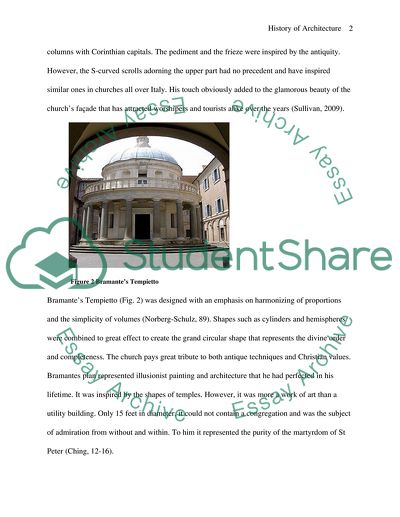Cite this document
(“Architecture of renaissance and baroque Essay Example | Topics and Well Written Essays - 2000 words”, n.d.)
Retrieved from https://studentshare.org/architecture/1558515-architecture-of-renaissance-and-baroque
Retrieved from https://studentshare.org/architecture/1558515-architecture-of-renaissance-and-baroque
(Architecture of Renaissance and Baroque Essay Example | Topics and Well Written Essays - 2000 Words)
https://studentshare.org/architecture/1558515-architecture-of-renaissance-and-baroque.
https://studentshare.org/architecture/1558515-architecture-of-renaissance-and-baroque.
“Architecture of Renaissance and Baroque Essay Example | Topics and Well Written Essays - 2000 Words”, n.d. https://studentshare.org/architecture/1558515-architecture-of-renaissance-and-baroque.


